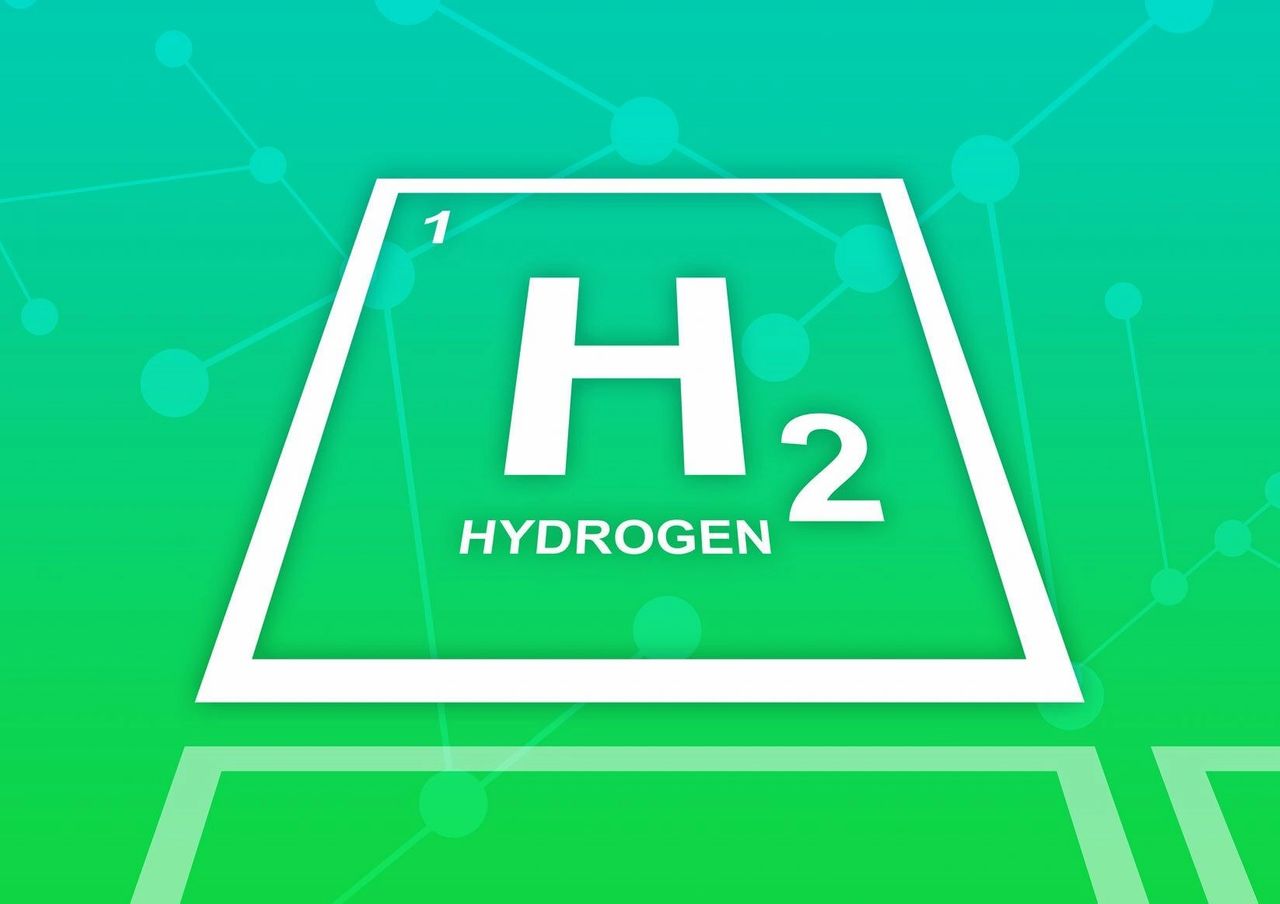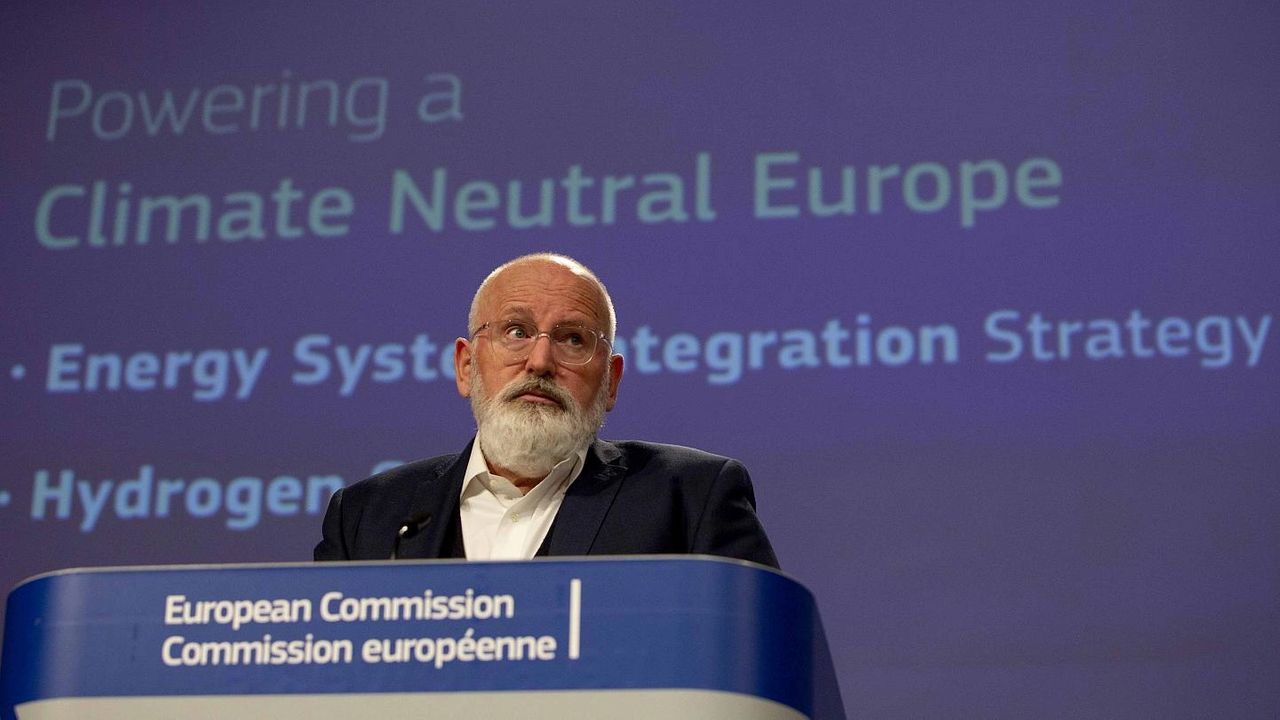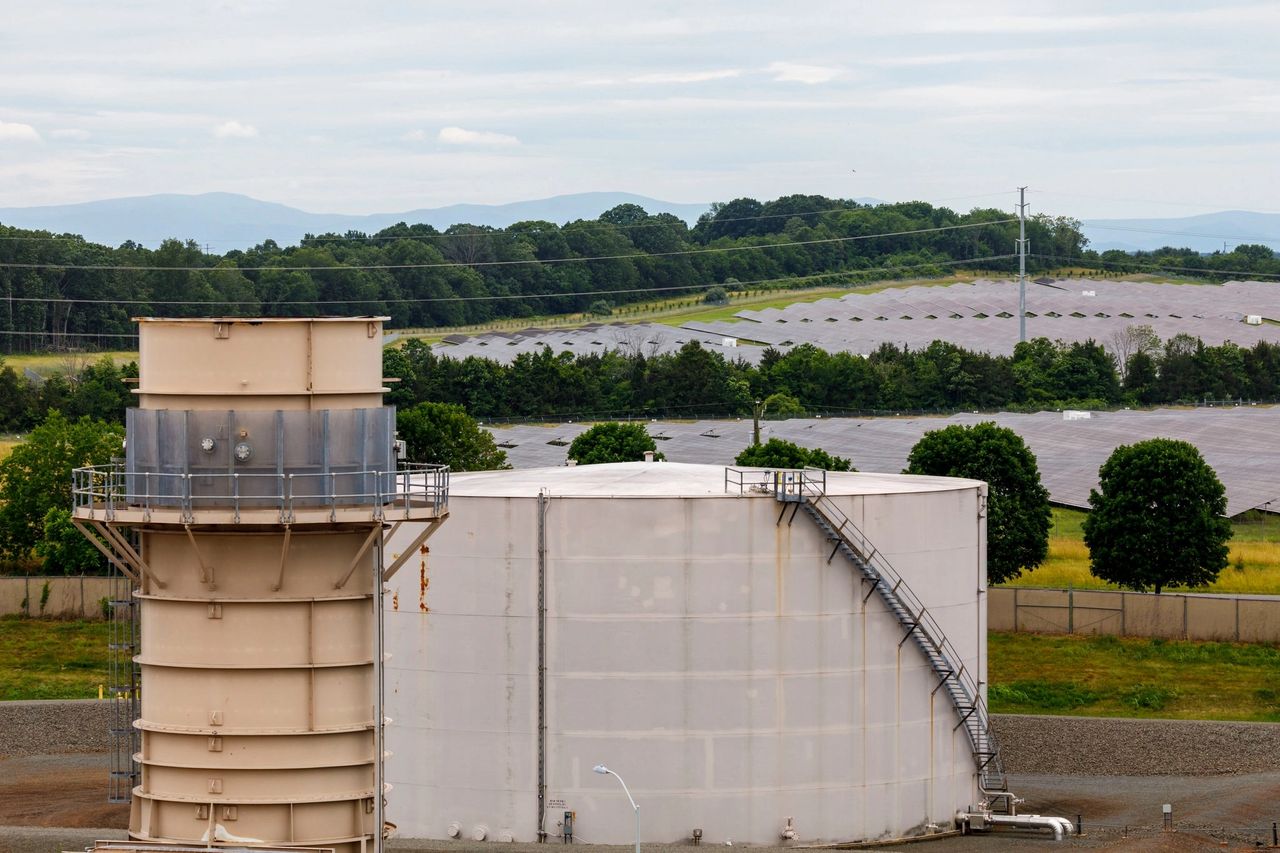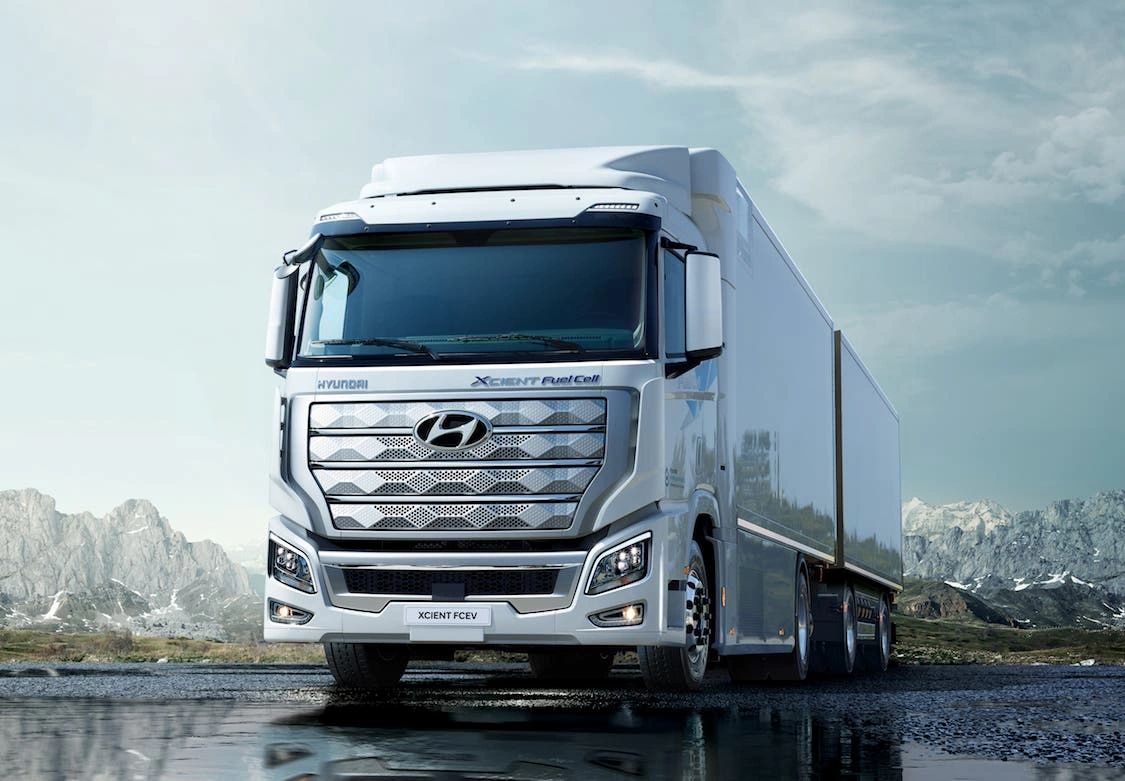IO NEWS
Recent News on Green Hydrogen

The challenges of 2020 have prompted tremendous changes within the renewable energy industry, including the disruption of many status quo paradigms and previous sustainability strategies. The 3.2 Billion acquisition of Vivint Solar by Sunrun, as reported by utilitydive.com, is but one example of the changing times. Though impressive, this story might not be the biggest of the week.
There has been huge developments in the world of Green Hydrogen in the last few days, both in the European Union and within the United States. "The current crisis gives us the opportunity to significantly advance Europe's transformation into a leading market for digital, sustainable and climate-friendly technologies. In this context, hydrogen plays a crucial role," German energy minister Peter Altmaier said in a post within cleanenergywire.org. " In the fight against climate change, hydrogen made with renewable electricity is increasingly seen as a silver bullet for sectors with particularly stubborn emissions, such as heavy industry and aviation."
For those unfamiliar with hydrogen as a fuel source, the video below can be insightful.
As mentioned, "Hydrogen is the most abundant element in the universe, can be created from renewable energy, and is clean. Using it for power produces just water. It is produced in one of two ways. Renewable energy can be used to create "green" hydrogen. Wind, solar, geothermal, and even hydro-power can create electricity for electrolysis. Then, electrolyzers create the hydrogen by splitting the hydrogen and oxygen atoms from water to create pure hydrogen. 'Blue' hydrogen is produced from reacting bio-gas or natural gas with high temperature steam. It is carbon neutral when sourced from bio-gas. Hydrogen has the potential to power everything that petrol or gas can, without emitting CO2.
Hydrogen vehicles, for example, have a greater range than battery electric vehicles; between 600-800 km for light vehicles. Refilling a hydrogen fuel cell vehicle takes about three minutes and hydrogen vehicles are twice as efficient as petrol engines.
Hydrogen is also one of the key starting materials in the chemical industry, is the fundamental building block for the manufacture of many important products, and be can used in large scale power generation.
Hydrogen can be used to store power when renewable sources, such as wind and solar, are not available, or exported to other country's markets as it is a valuable commodity. Adding hydrogen to the economy adds jobs to the industry. Hydrogen supports the transition to reliable, clean, renewable energy. Hydrogen is here today, and is the energy of the future."
While this all seems particularly exciting and promising, to truly understand why hydrogen is to become an important part of our society, one must first understand the history on renewable energy curtailment, the duck curve, and the current battle between renewables vs. natural gas.
As stated by Ivan Penn, a journalist for The New York Times, "Utilities around the country are promoting their growing use of renewable energy like hydroelectric dams, wind turbines and solar panels, which collectively provided more power than coal-fired power plants for the first time last year. But even as they add more green sources of power, the industry remains deeply dependent on natural gas, a fossil fuel that emits greenhouse gases and is likely to remain a cornerstone of the electric grid for years or even decades.
Utilities maintain that they need to keep using natural gas because the wind and the sun are too unreliable. They are also reluctant to invest in energy storage, arguing that it would cost too much to buy batteries that can power the grid when there isn’t enough sunlight or wind.
“We’ve got to have a resource that has an ‘on’ and ‘off’ switch,” said Katharine Bond, vice president for public policy and state affairs at Dominion."
Without having an energy source that can be turned 'on' and 'off' easily, as to match demand, or without having the ability to cheaply store or convert excess solar and wind energy during times where the grid does not need it, a 100% renewable energy future cannot easily be obtained.
Through converting energy generated from solar and wind into hydrogen, through electrolysis, to then be used within hydrogen fuel cells during the parts of the day when solar and wind are not productive, we reduce the need for curtailment and pave the path to a truly renewable future. Perhaps, the home of the future will have not only a solar panel, but also have a battery, smart electrical circuits which communicate with the need of the grid, an miniature solid oxide electrolyzer cell and hydrogen fuel cell, and a hydrogen car.

For this to happen, a tremendous investment in hydrogen infrastructure must be created. This is where the European Union and American Congress stepped up this week. The European Commission committed that investment in renewable hydrogen will help the EU recover from the coronavirus pandemic. As reported within the bcdemocrat.com, " investments in renewable hydrogen (are) expected to reach between 180 to 470 billion euros ($203 to $530 billion) by the middle of the century. The commission said so-called 'green hydrogen' — which does not emit carbon dioxide and can be used in industries such as steel and chemical manufacturing that currently rely on fossil fuels — could meet about a quarter of the world’s energy demands by 2050."
Some advocacy groups have gone even further, as seen in renews.biz, to promote only 'green' hydrogen. "The Choose Renewable Hydrogen initiative has written to the European Commission ahead of publication of the EU hydrogen and energy system integration strategies later this week calling for 100% renewable-based hydrogen to be prioritized and supported by the strategies."
In the same article, SolarPower Europe's interim chief executive, Aurelie Beauvis states:“The upcoming 'Energy system integration strategy' and 'Clean hydrogen strategy' are an opportunity to unlock clean, renewable hydrogen, that is produced right here in Europe, so as to deliver on the ambitious goals of the European Green Deal. Renewable hydrogen not only provides sustainable energy to hard-to-abate sectors, but further enhances sectoral integration and has the potential to create millions of local and highly-skilled jobs, contributing to the industrialization of Europe.”
So to make this a reality, as stated in an EU Commission press release titled Powering a Climate-Neutral Economy, "From 2020 to 2024, we will support the installation of at least 6 gigawatts of renewable hydrogen electrolyzers in the EU, and the production of up to one million tonnes of renewable hydrogen."

America, though lagging behind Europe, drafted a symbolic bill within the House of Representatives, which set the tone to eventually mirror the progress being made in Europe. As stated in this article, "the U.S. House of Representatives passed the Moving Forward Act (HR 2), a $1.5 trillion, 2,300-page package of infrastructure priorities. The bill provides $350 million in grants to build electric vehicle chargers, and hydrogen, natural gas and propane fueling infrastructure for 2022 through 2025."
H.R. 2 includes the GREEN Act, which was a discussion draft in November and now a major piece of this legislation. The GREEN Act includes extensions of the Investment Tax Credit, Fuel Cell Vehicle Credit, Alternative Fuel Refueling Property Credit, and expansion of the ITC to include energy storage including hydrogen.
As well, the House Appropriations Committee released the text of its Fiscal Year (FY) 2021 Energy and Water Development Bill, this week. This stimulus appropriations includes an additional $100 million in funding for the Hydrogen and Fuel Cell Technologies Office (HFCTO) for H2@Scale demonstration and deployment activities related to hydrogen production, storage, transport, and infrastructure, as well as $1 billion for the Vehicles Technologies Office for the development of electric and alternative vehicle infrastructure among other things.
Though these movements and commitments towards a hydrogen future have not been formally passed, as the H.R. 2 moves to the Senate for further consideration, for example, it is important to recognize how American policymakers are coming to understand the potential value hydrogen has in the future of our country's energy security, resiliency, and sustainability.
Some businesses in America are proactively looking ahead, and planning for the Hydrogen revolution to make its way to the States. With every successful integration of natural gas fuel cells, the framework and case for hydrogen fuel cells is created. Microsoft, for example, has already piloted and proven the case for fuel cells within its data centers, as seen in the video below. This onsite, distributed energy generation resource provides tremendous energy resiliency and security.
Enel, as another example, plans on launching a green hydrogen business to speed up its plans on becoming a carbon-free power producer by 2050. As mentioned within an article by Reuters, the group is targeting markets, such as Texas, where they "have huge renewable energy pipelines" in place already, allowing a promising transition and inclusion of Hydrogen Energy.
Vehicle manufacturers are also looking to the future. As discussed in cleantechnica.com, "XCIENT Fuel Cell is a present-day reality, not as a mere future drawing board project,” says In Cheol Lee, Executive Vice President and Head of Commercial Vehicle Division at Hyundai Motor. “By putting this groundbreaking vehicle on the road now, Hyundai marks a significant milestone in the history of commercial vehicles and the development of hydrogen society.” "The Hyundai XCIENT semi trucks is powered by a 190-kW hydrogen fuel cell system with dual 95-kW fuel cell stacks. They’re fed by an array of large hydrogen tanks storing about 32 kg (approx. 70 lbs.) of hydrogen. That makes each XCIENT Fuel Cell good for about about 400 km (250 miles) of range. Crucially, the trucks can be topped off with hydrogen in 8-20 minutes"
Toyota, in its own groundbreaking news, has also just recently launched the first hydrogen fueling station of Hawaii, located at the Servco Pacific Inc. corporate offices in Mapunapuna.
As we move further into this new decade, the team at Instant ON is excited to cultivate and support this Hydrogen revolution. With each additional fuel cell studied and implemented, the feasibility of a green and renewable hydrogen future is proven. The Instant ON team looks to collaborate with developers, data centers, research institutes, and all others as to build the case for renewable and green hydrogen.
Published by David Perzynski, 7/10/2020
For more information about IO's approach, contact Instant ON here.
Follow us on Youtube for our weekly Friday podcasts here.
To receive our weekly news updates, enter your email here.
Follow us on Linkedin here.
Follow us on Facebook here.

